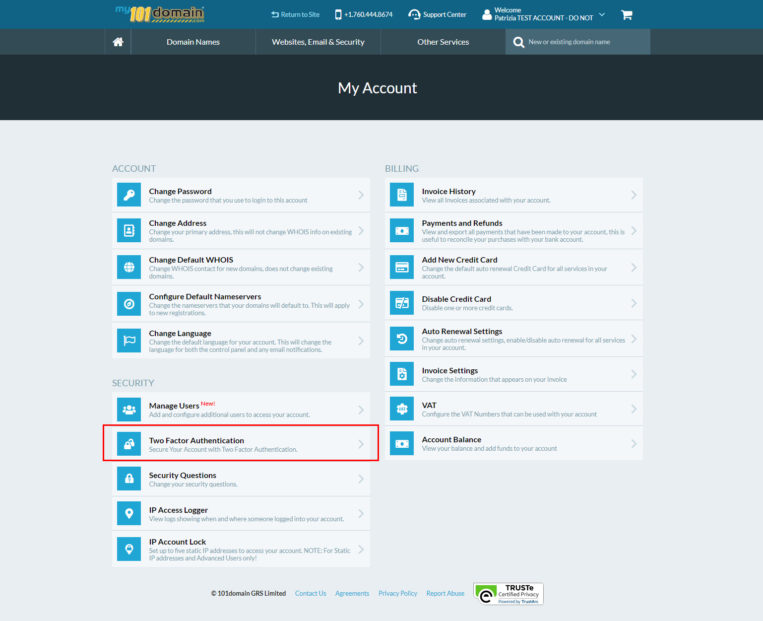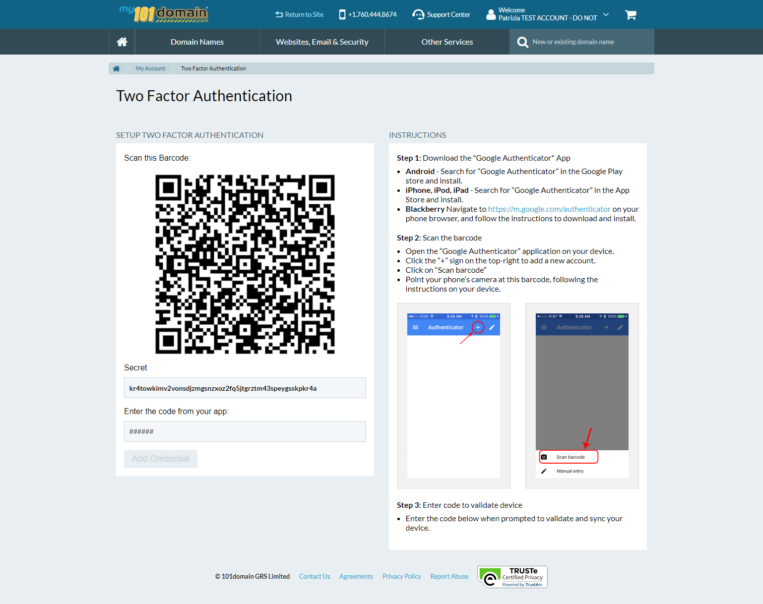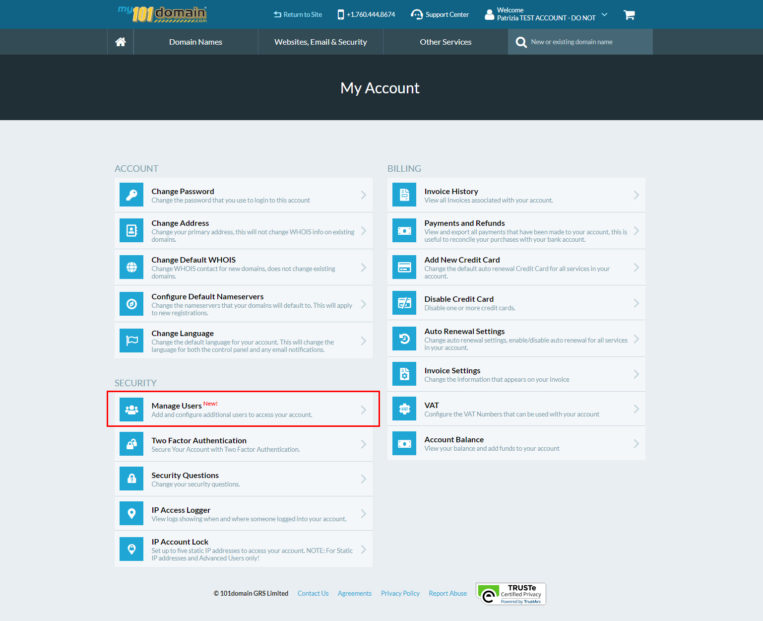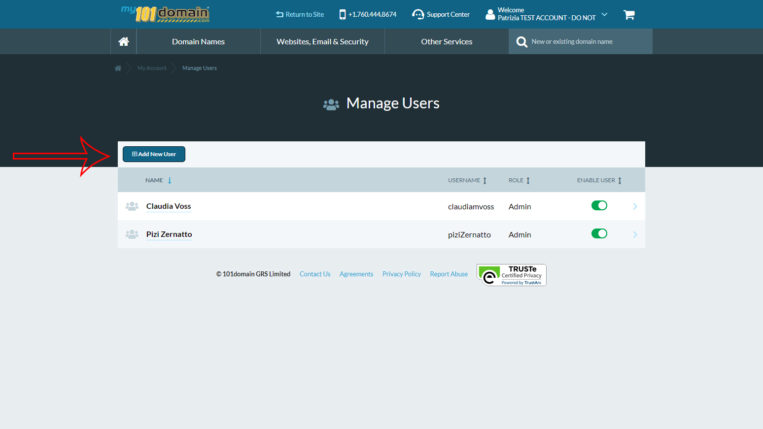
In the sea of domain registrars, it’s not always easy to find someone you can trust. They all are offering the same basic service: they allow you to register a domain name. Industry experience and a broad spectrum of security features should be your main consideration when picking the domain name registrar for new registrations, domain transfers, website hosting, and more.
Do your research, browse through online reviews, and read on to prevent issues with your domain names.
How to Keep Your Domain Secure
In this short guide, we want to concentrate on three essential security features every domain owner should be using.
1. Two-Factor Authentication
One of the most useful pieces of security advice you’ll ever get is to enable Two-Factor Authentication (also known as 2FA, two-step verification, or dual-factor authentication) in all your online accounts. This includes your domain name registrar and hosting provider, so never register a domain name with a company that doesn’t have 2FA available for all user accounts.
2FA is a security process in which the user provides two different authentication factors which provides a higher level of assurance than authentication methods that depend on Single-Factor Authentication (SFA). An example of SFA could be a password, while 2FA would be withdrawing money from an ATM. You need a debit card and a PIN to finish the transaction.


2. Multi-User Account
You should keep your login details protected at all costs, but it is fairly common for outside web developers or any other IT services to ask for your domain register login data to do their job. When hiring outside help, you want to remove as many roadblocks as possible so those individuals can do their work as efficiently as possible.
With a Multi-User Account, you can control your sub-users, that are granted varied and controlled access to certain aspects of your account. Account owners can create role-based users to help you and your team collaborate more efficiently while still maintaining the highest level of security.
Depending on the role you grant them, the sub-user may only have access to view certain things, or they could have full administrator privileges. Account users are the best way to give your team members, including outside web developers access to the tools they need, and none that they don’t.


3. Registry Lock
What would you do if someone stole your company’s domain name or was able to change its configurations and redirect your website somewhere else? Regardless of how it happens, it can be a major embarrassment, or worse, a major legal liability if someone was able to gain control of your domain name.
A Registry Lock provides an extra level of security to your domain. With Registry Lock applied, it makes it incredibly difficult for a domain to be hijacked, the DNS changed, or any number of other modifications made without rigorous checks. Multiple parties must provide authorization (with both the registrar and registry) for any changes to be made. Especially for a larger company, it is an essential service. A perfect example is that it would have saved the New York Times from having its nameservers hijacked back in 2013. Registrars typically charge $300-$600 per year because of the manual work involved.

These security features are your first line of defense in protecting your domain name. If your provider doesn’t offer all three of them, we can help you transfer your domains to 101domain in no time.
Better to be safe than sorry!